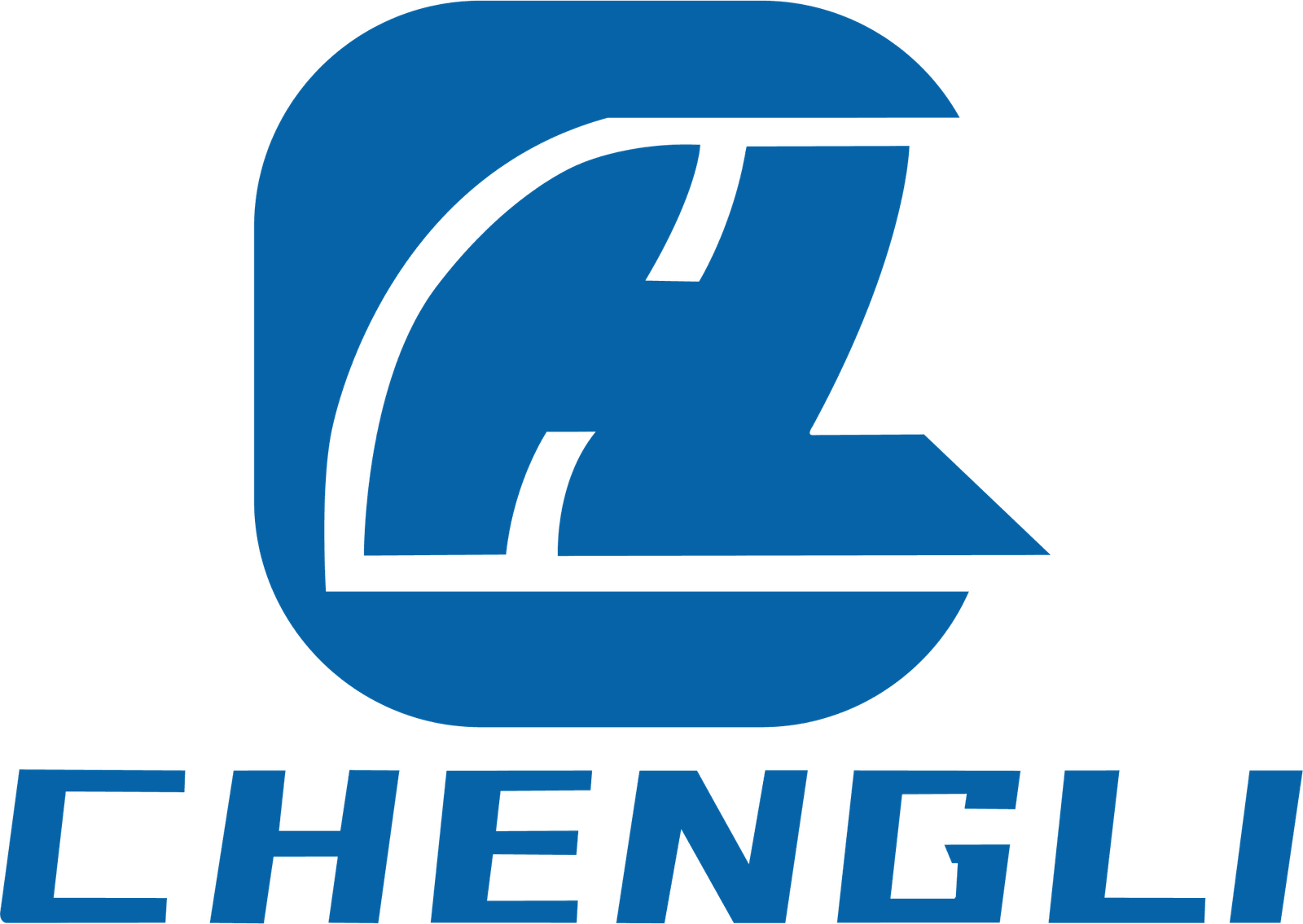Comment BYD a intégré verticalement leur production d'assemblage de câbles EV
Comme le plus grand véhicule électrique le plus grand (EV) Fabricant par volume, BYD a poursuivi une stratégie audacieuse d'intégration verticale. One of the least-discussed but most critical areas of this strategy is its control over EV cable and wire harness production. BYD¡¯s approach defies the typical OEM model of outsourcing harnesses to Tier 1 suppliers. Instead, the company designs, manufactures, and assembles its own cable systems¡ªat scale.
Why Vertical Integration?
Cost Control: Reduces dependency on suppliers, ensuring price stability.
Supply Chain Resilience: Avoids global shortages and lead time delays.
Performance Optimization: Customizes cables to meet the needs of proprietary battery and drivetrain systems.
In-House Capabilities
1. Cable Extrusion Facilities
BYD produces its own high-voltage and low-voltage cables:
Uses specialized copper and aluminum alloy conductors.
Employs flame-retardant, low-smoke insulation materials.
In-line laser diameter monitoring ensures tight tolerances.
2. Connector Manufacturing
Proprietary connectors engineered for battery packs, e-axles, and charging ports.
Overmolding machines ensure waterproof and vibration-resistant interfaces.
3. Automated Harness Assembly
Robot-assisted lines integrate multi-layer cable assemblies for EV platforms.
Vision systems verify pin placement and wire color coding.
Each harness is scanned, serialized, and tracked through MES.
4. Design and Simulation
BYD uses thermal and EMI simulations to optimize harness layout and shielding.
In-house PCB and FPC design enables hybrid harnesses combining rigid and flexible circuits.
Advantages Realized
Faster Product Development: New EV models go from concept to SOP in record time due to tight in-house coordination.
Higher Margins: Eliminates markup from external suppliers.
Enhanced Customization: Direct alignment with battery cooling, pack design, and proprietary inverter tech.
Impact on Competitors
Traditional OEMs often rely on harness giants like Yazaki or Sumitomo.
BYD¡¯s model challenges this norm, especially in emerging markets where infrastructure, coût, and supply continuity are critical.
Risks and Mitigation
Capital Intensive: Requires major investment in facilities, testing equipment, and talent.
Flexibility Trade-off: May limit access to innovations from global Tier 1 suppliers.
To counter this, BYD operates several R&D partnerships and maintains a hybrid model for specialty components.
Conclusion
BYD¡¯s vertical integration in cable assembly is not just a cost-saving measure¡ªit¡¯s a core enabler of their rapid innovation cycle, product reliability, and global competitiveness. As EV adoption scales worldwide, this approach may inspire a new generation of vertically integrated OEMs.
